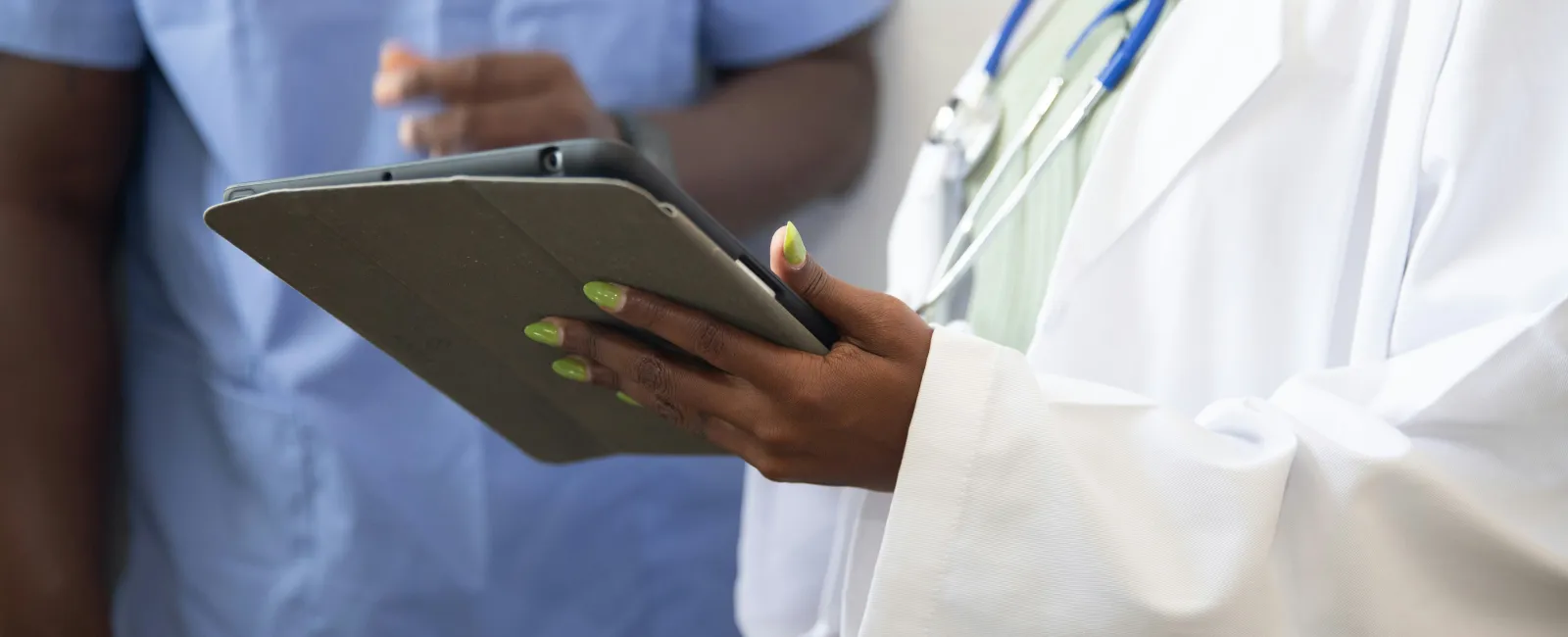Healthcare organizations that operate across multiple sites face a unique set of IT challenges. Each location may have different hardware, connectivity standards, access controls, and staff training levels. Left uncoordinated, these disparities can weaken cybersecurity, create HIPAA compliance gaps, and slow down operations.
Standardizing your medical IT network security isn't just about uniform technology; it's about creating a centralized, scalable, and secure infrastructure that can adapt to each facility's needs without sacrificing compliance or performance.
This post explores key strategies for healthcare multi-site IT support, including centralized management, remote monitoring, and system-wide audit readiness.
Why Multi-Site Healthcare Operations Are Vulnerable to IT Risk
When each clinic, office, or care center operates in silos, vulnerabilities emerge:
- Inconsistent Security Practices: One site may use strong multi-factor authentication (MFA), while another still relies on basic username/password logins.
- Disjointed Software and EHR Systems: Varied platforms make data sharing harder and open gaps in access controls.
- Uneven Compliance Readiness: Some facilities may have audit trails and business associate agreements (BAAs) on file; others may not.
- Decentralized IT Oversight: Without clear policies or centralized control, it's easy for one site to fall out of sync.
The cost of inconsistency is high. Data breaches, failed audits, and operational inefficiencies hit multi-site providers harder because the risks multiply with every facility.
Key Practices for Continuous Monitoring:
- Standardize Security Policies: Create uniform access control, data encryption, and password management policies that apply system-wide.
- Role-Based Access Control (RBAC): Align user permissions with job responsibilities across all locations to minimize overexposure to sensitive data.
- Unified Endpoint Protection: Deploy the same cybersecurity tools (e.g., firewalls, antivirus, EDR) across all endpoints, with consistent update and patch schedules.
- Central IT Governance Team: Establish a core IT group or vCISO that oversees policy enforcement, compliance, and risk management across facilities.
When policies are centrally managed, your organization can respond faster to regulatory updates, incident response needs, and system changes.
Remote Monitoring Solutions and Medical IT Network Strategy
Remote monitoring and management (RMM) is essential for multi-site IT environments. It allows your IT team to monitor device health, system activity, and user behavior across every facility in real time.
Benefits of Remote Monitoring Tools for Healthcare Providers:
- Faster Incident Response: Detect threats at one site before they spread system-wide.
- Uniform Patch Management: Ensure all systems are up-to-date, regardless of physical location.
- Performance Optimization: Monitor bandwidth usage, device uptime, and bottlenecks remotely.
- Credential and Session Control: Implement solutions like privileged access management (PAM) or secure remote sessions to safeguard PHI.
A centralized monitoring dashboard also simplifies coordination during an audit or breach investigation.
Building a Scalable IT Infrastructure for Multi-Site Clinics
Multi-site healthcare organizations need IT infrastructure that can scale securely and seamlessly. That means:
- Cloud-Hosted EHRs: Centralized electronic health records systems allow secure data access from any location with proper permissions.
- SD-WAN Architecture: Software-defined networking improves connectivity across sites, boosts uptime, and simplifies traffic management.
- Secure VPN or Zero Trust Access: Use encrypted tunnels or identity-based access policies for staff working remotely or between locations.
- Device Standardization: Use consistent hardware configurations, operating systems, and approved applications to minimize variability and reduce support complexity.
A strong foundation ensures each new site can be onboarded quickly with minimal IT risk.
Coordinating Compliance and Audit Readiness Across Sites
Audit preparation for a single clinic is time-consuming; for a dozen or more, it can feel overwhelming. Centralized coordination streamlines this process and reduces your exposure to penalties.
How to Stay Audit-Ready:
- Maintain a Compliance Inventory: Document all systems, vendors, BAAs, and PHI-related workflows across locations.
- Run System-Wide Risk Assessments: Use standardized checklists and templates to assess security and compliance posture regularly.
- Centralize Audit Trails: Store logs from EHR systems, firewalls, and user access platforms in one searchable location.
- Train Staff on Consistent Protocols: Educate personnel at all facilities using unified training programs and simulated scenarios.
Frameworks like HIPAA, HITRUST, and NIST CSF emphasize the need for traceability and repeatable processes. The more centralized your data and documentation, the easier it is to demonstrate compliance.
Need to simplify IT across multiple clinics or care sites? Learn how Continuous Networks helps healthcare providers unify security, compliance, and performance with tailored multi-site IT strategies.
Click Here or give us a call at 332-217-0601 to Book a FREE {{ call-time }}
Key Takeaways
- Healthcare multi-site IT support requires consistency in security, compliance, and monitoring.
- Centralized governance helps reduce HIPAA violations and cybersecurity blind spots.
- RMM and endpoint management improve visibility and speed response across locations.
- Cloud EHRs, SD-WAN, and Zero Trust improve scalability and access control.
- Standardized audit protocols make system-wide compliance easier and more effective.
FAQs
What is multi-site IT support in healthcare?
Multi-site IT support refers to managing IT systems, security, and compliance across multiple healthcare facilities using centralized tools and governance.
How can healthcare organizations standardize cybersecurity across sites?
By implementing unified policies, centralized monitoring, RBAC, and consistent endpoint protection across all facilities.
Why is centralizing audit logs important for compliance?
It simplifies audits, improves traceability, and ensures regulatory requirements like HIPAA are met across every site.
What are essential technologies for multi-site healthcare networks?
Cloud-based EHRs, SD-WAN, secure VPN or Zero Trust frameworks, CSM tool, and remote monitoring tools.



